Description
Still life with cup and book by Antonin Procházka printed on a Sweatshirt
About the Sweatshirt
Regular fit
Standard length, the fabric easily gives into movement
Comfortable
The fabric and fit of this item are extra comfy
Tear-away tag
Easily removable tear-away tag that allows you to add a custom inside label
This Unisex Premium Sweatshirt has a classic crew neck, flattering unisex fit, and soft 100% cotton exterior.
- 100% cotton face
- 65% cotton, 35% polyester
- Charcoal Heather is 55% cotton, 45% polyester
- Fabric weight: 8.5 oz./yd.² (288.2 g/m²)
- Tightly knit 3-end fleece
- Side-seamed construction
- Self-fabric patch on the back
- Double-needle stitched rib collar, cuffs, and hem
- Tear-away label
Antonin Procházka (1882-1945)
Antonín Procházka was a Czech Modernist painter and graphic artist.
He graduated from the gymnasium in Kroměříž then, in 1902, began studies at the Academy of Arts, Architecture and Design in Prague with Vlaho Bukovac, Hanuš Schwaiger and Max Švabinský. In 1907, he and his classmate, Emil Filla, joined the group “Osma” (“The Eight”), together with Bohumil Kubišta, Emil Artur Longen [cs], Otakar Kubín, Bedřich Feigl, Max Horb [cs] and Willi Nowak [cs]. It was then that he was introduced to the newest art movements, such as Fauvism and Cubism.
In 1911, he married the German painter, Linka Scheithauer [cs], whom he had met while travelling. Two years later, Herwarth Walden invited him, Filla, Kubin and Vincenc Beneš to participate in the “Erster Deutscher Herbstsalon [de]” (Autumn Salon) in Berlin, where he displayed a Cubist still-life.
He became a drawing teacher at a girls’ school in Brno in 1924. There, in 1938, he created a monumental painting, “Prometheus Bringing Fire to Mankind” for Masaryk University. During the German Occupation, he provided illustrations for a collection of folk ballads by Karel Jaromír Erben.
From 1909 to 1911, and again from 1923 to 1929, he was a member of the Mánes Union of Fine Arts. Originally an Expressionist, he moved through Cubism to create his own personal form of Neo-Classicism. He also created some small equestrian statues of President Tomáš Masaryk.
In 1946, he received the posthumous title of “Národní umělec [cs]” (People’s Artist) from the Czechoslovak Republic. A street in Brno is named after him.

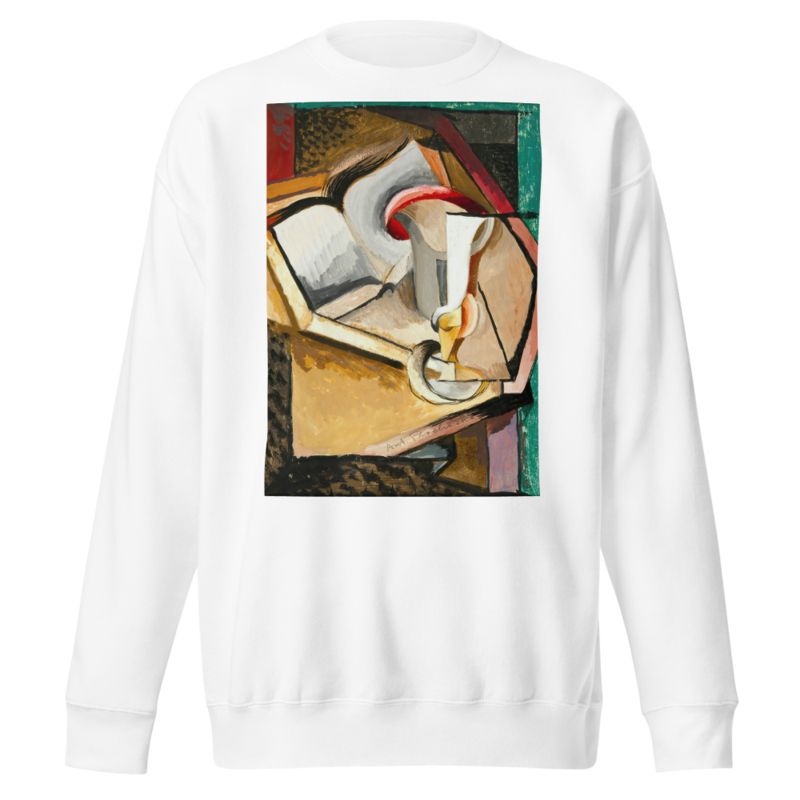
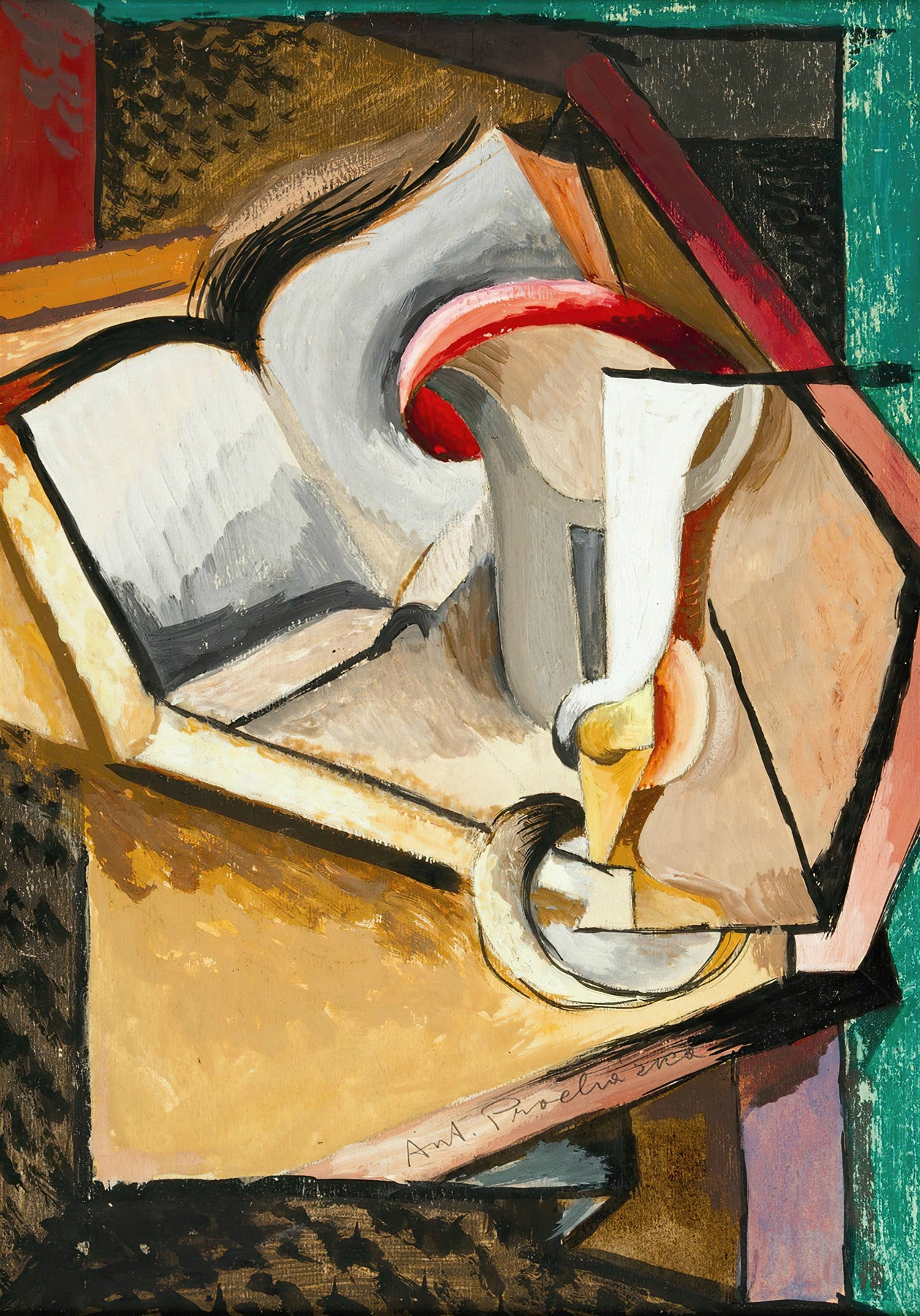
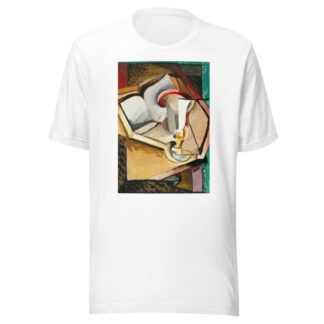
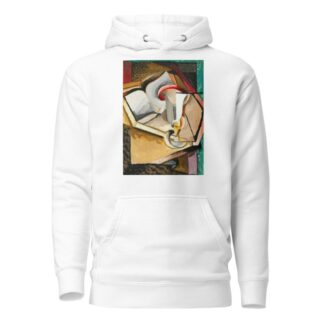
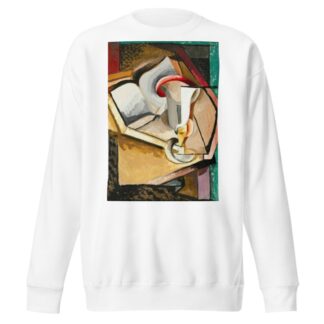
Reviews
There are no reviews yet.